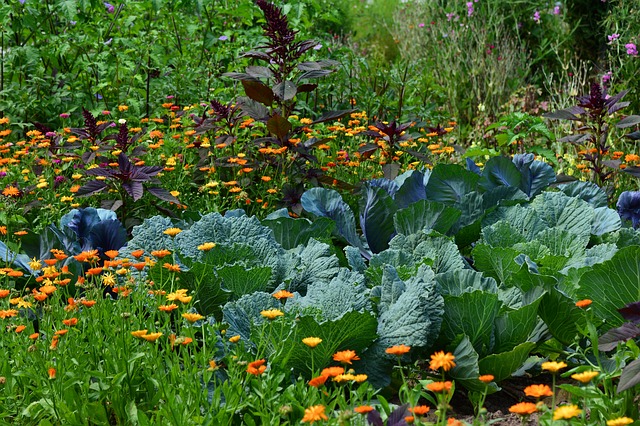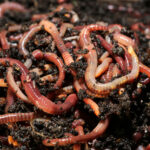Raised Bed Gardening: The Perfect Solution for Growing Strawberries
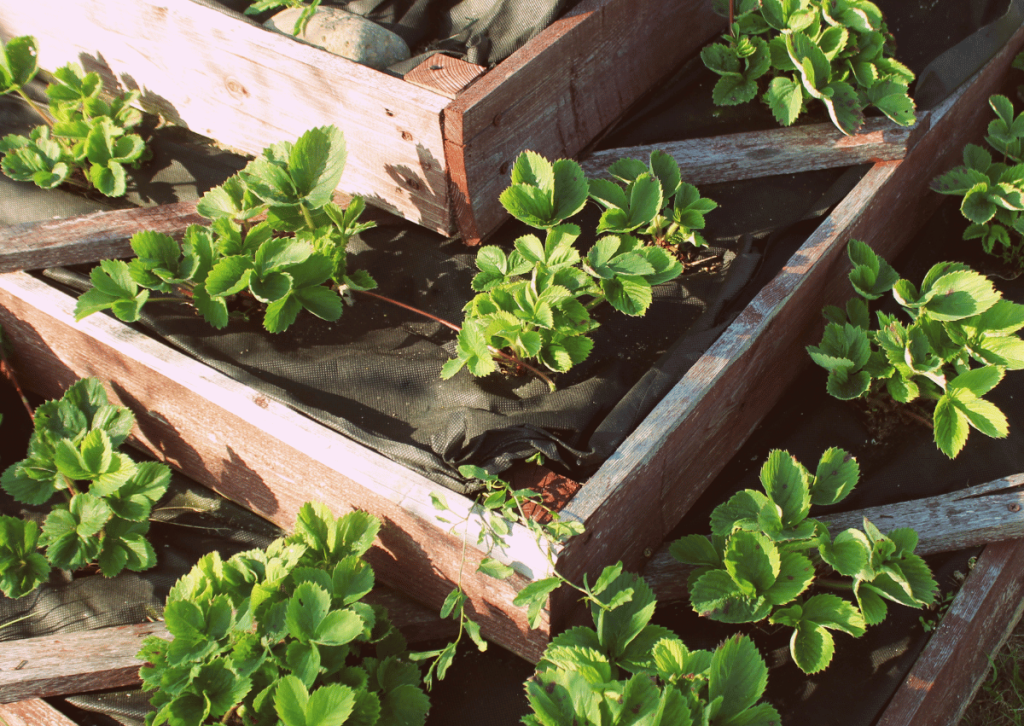
Growing strawberries (Fragaria × ananassa) can be fun, but still, a challenging task for many gardeners as there are issues…
However, using a raised bed garden can be the perfect solution for growing healthy and abundant strawberries in your backyard (in USDA Zones 3 to 10). Raised beds offer several benefits, including better soil drainage, improved soil quality, and enhanced pest control. In this article, we will discuss the advantages of raised bed gardening and provide a step-by-step guide for growing strawberries in raised beds.
Advantages of Raised Bed Gardening for Growing Strawberries
Better Soil Drainage
One of the significant advantages of using a raised bed for growing strawberries is improved soil drainage. Raised beds are built above the ground and filled with a mix of high-quality soil and compost, which allows water to drain freely. This prevents the soil from becoming waterlogged, which can lead to root rot and other diseases that can harm your strawberries.
Improved Soil Quality
Another advantage of raised bed gardening is the ability to control the quality of the soil. By adding high-quality soil and compost, you can create a nutrient-rich environment that promotes healthy plant growth. This is especially important for strawberries, which require well-draining soil that is rich in organic matter.
Enhanced Pest Control
Raised bed gardening also offers better pest control options. By elevating your strawberries above the ground, you can prevent pests like slugs, snails, and cutworms from damaging your plants. Additionally, you can use row covers or netting to protect your strawberries from birds and other animals that may try to eat them.
Consider Hugelkultur Raised Beds for Growing Strawberries
In addition to traditional raised beds, another option to consider for growing strawberries is a hugelkultur raised bed. Hugelkultur beds are made by layering wood and other organic materials to create a mound that provides excellent drainage, water retention, and soil fertility.
Hugelkultur beds are particularly beneficial for growing strawberries, as the mounded shape allows for better air circulation and prevents soil compaction. Additionally, the decomposition of the organic materials in the bed provides a slow-release source of nutrients for the plants.
To learn more about hugelkultur raised beds and how they can benefit your strawberry garden, read our comprehensive guide here: (https://www.hugelkulturworks.com/what-is-hugelkultur)
Overall, whether you choose a traditional raised bed or a hugelkultur bed, growing strawberries in a raised bed is a great way to produce healthy, flavorful berries in your own backyard. With proper care and attention, you can create a thriving strawberry patch that will provide you with delicious fruit for years to come.
How to Grow Strawberries in Raised Beds
Step 1: Choose the Right Location
When choosing a location for your raised bed, it is essential to consider the amount of sunlight your strawberries will receive. Strawberries require at least six hours of direct sunlight each day to grow properly. Additionally, you should select a spot that is well-drained and has easy access to water.
Step 2: Build Your Raised Bed
Once you have selected the location for your raised bed, it is time to build it. There are many different materials you can use to construct a raised bed, including wood, bricks, and cinder blocks. Regardless of the material you choose, make sure that the bed is at least 12 inches deep and filled with a high-quality soil and compost mix.
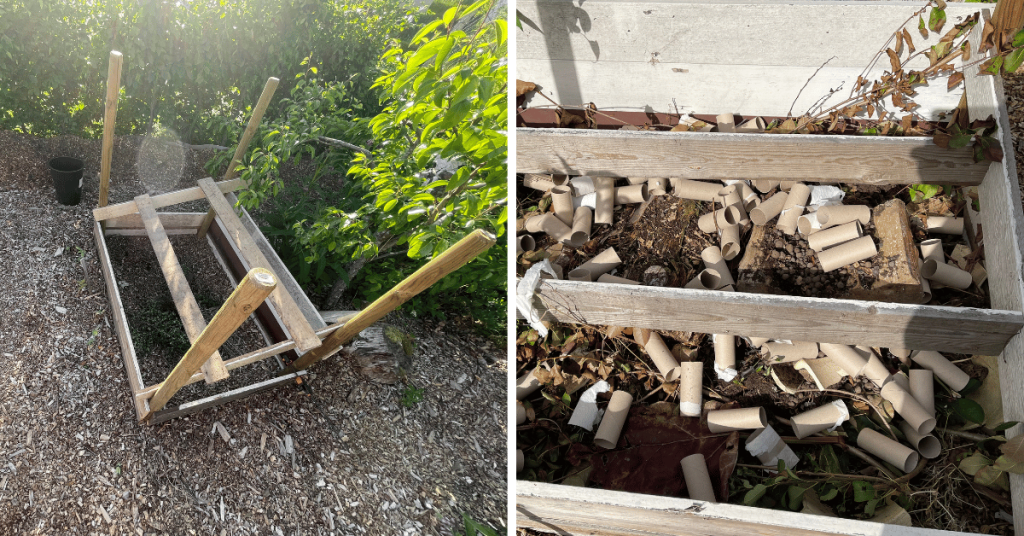
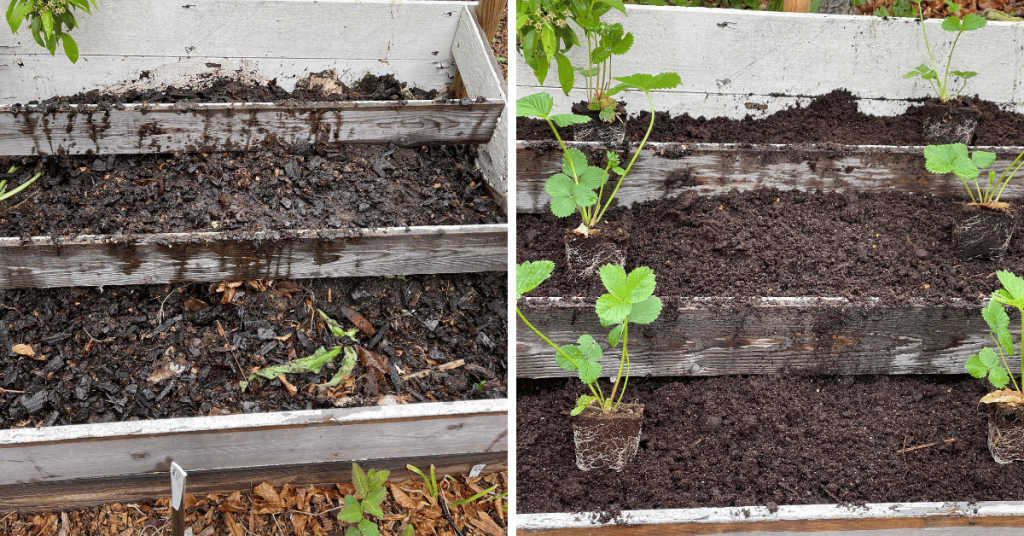
Step 3: Plant Your Strawberries
After building your raised bed, it is time to plant your strawberries. Start by digging small holes in the soil at least 12 inches apart. Place your strawberry plants in the holes, making sure that the crown of the plant is level with the soil surface. Water your plants thoroughly after planting.
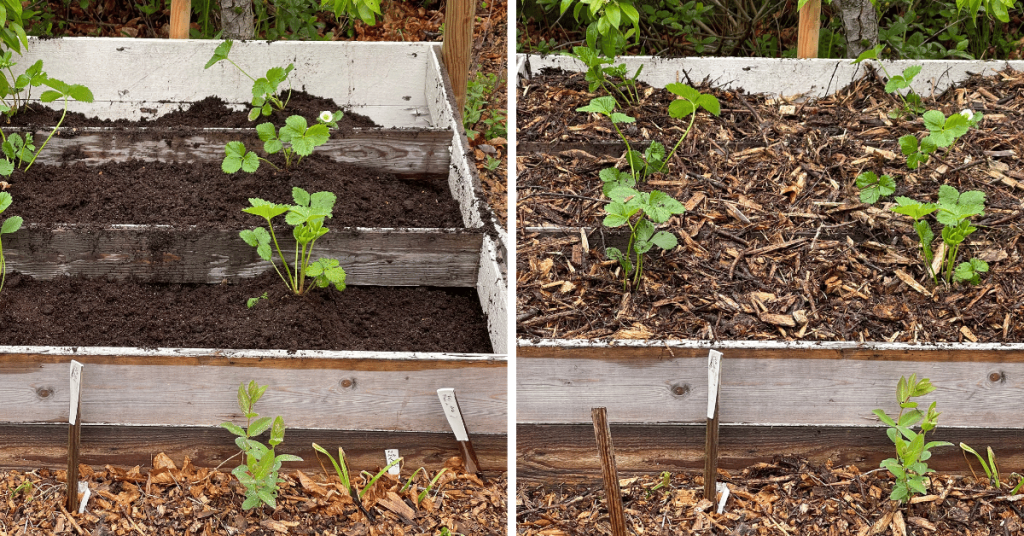
Step 4: Maintain Your Strawberry Plants
Once your strawberries are planted, it is important to maintain them properly. Water your plants regularly, making sure that the soil is moist but not waterlogged. Additionally, you should fertilize your plants every four to six weeks with a high-quality fertilizer that is rich in nitrogen, phosphorus, and potassium.
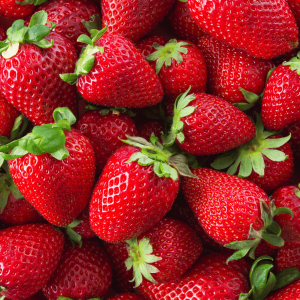
Step 5: Harvest Your Strawberries
After several weeks of growth, your strawberries will start to ripen and turn red. This is the time to harvest your berries. Gently pull the ripe strawberries off the plant, taking care not to damage the stem or fruit. Harvest your strawberries regularly to encourage new growth and ensure a steady supply of delicious berries.
Easy Removal of Runners
Another benefit of growing strawberries in a raised bed is that it makes locating and removing runners easier. Runners are small stems that grow out from the base of the strawberry plant and produce new plants. While runners can be useful for propagating new plants, they can also take up valuable space and resources in your garden.
When growing strawberries in a raised bed, runners are easier to locate and remove. Since the plants are elevated above the ground, runners are less likely to spread out and become entangled with other plants. This makes it easier to identify and remove runners as needed to keep your strawberry plants healthy and productive.
To remove runners, simply trace them back to the parent plant and use a pair of scissors or pruning shears to cut them off. This will allow your main strawberry plant to focus its energy on producing healthy fruit rather than sending out runners. By removing runners regularly, you can keep your raised bed garden neat and organized while also promoting healthy plant growth.
Importance of Removing Runners
It’s important to note that if runners are allowed to grow unchecked, the parent strawberry plant will put a lot of its energy into producing new plants through runners rather than focusing on fruit production. This means that the berries on the plant will be smaller and less abundant, as the plant’s resources are being diverted towards runner growth.
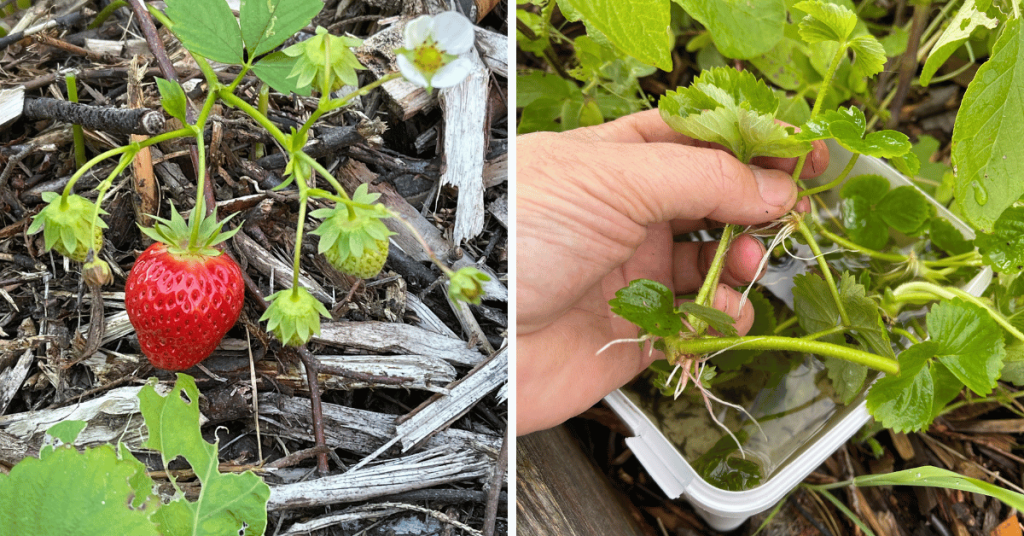
However, towards the end of the season, runners can be a valuable resource if you want to produce more strawberry plants for next year. By allowing runners to grow and develop, you can propagate new plants that will be ready to produce fruit in the following season.
To propagate new plants from runners, simply allow them to develop roots and then cut them off from the parent plant. You can then transplant the new plants into their own containers or directly into the soil of your raised bed garden. With proper care, these new plants will grow into healthy, productive strawberry plants that can provide you with fresh berries for years to come.
Overall, it’s important to strike a balance between removing runners to promote healthy fruit production and allowing them to grow to produce new plants for the next season. By monitoring your strawberry plants and removing runners as needed, you can ensure that your raised bed garden is productive and healthy year after year.
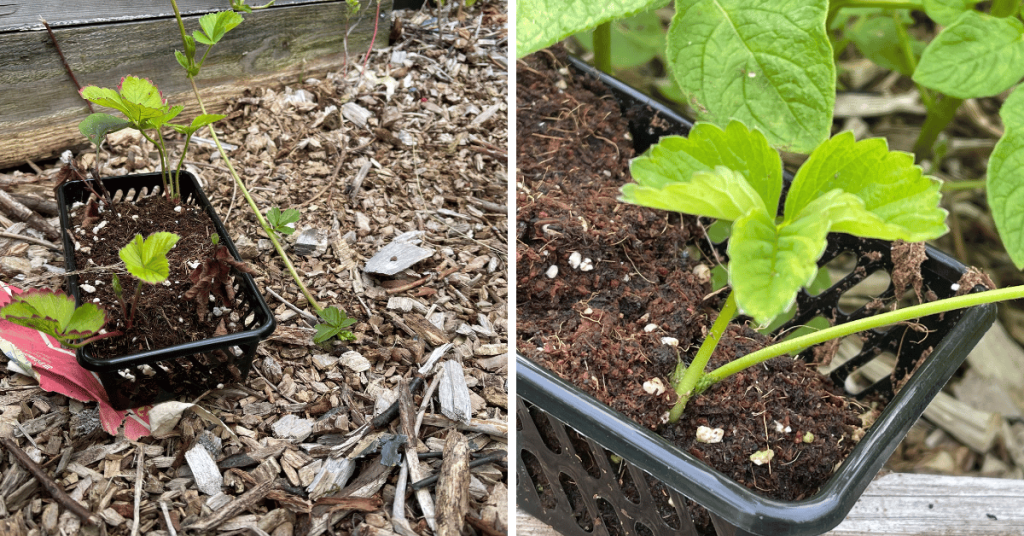
Conclusion
Growing strawberries in a raised bed is an excellent way to produce healthy, flavorful berries.
By providing the proper soil, drainage, and growing conditions, you can ensure that your strawberry plants thrive and produce abundant fruit.
Raised bed gardening provides several benefits for strawberry growers, including improved soil quality, better drainage, and easier weed and pest control. Additionally, growing strawberries in a raised bed make locating and removing runners easier, which can promote healthy plant growth and fruit production.
When growing strawberries in a raised bed, it’s important to choose the right variety for your hardiness zone and provide the plants with regular water and fertilizer. By monitoring the plants for signs of pests and disease and removing runners as needed, you can ensure that your raised bed garden is productive and healthy year after year.
Whether you’re an experienced gardener or just starting out, growing strawberries in a raised bed is a great way to enjoy delicious, nutritious fruit right from your own backyard. With a little bit of planning and care, you can create a thriving strawberry patch that will provide you with fresh, juicy berries for years to come.
Discover More: The Jewel of the Orchard Awaits You
If you’ve enjoyed learning about the advantages of raised bed gardening for strawberries, you’ll find our plant profile on pomegranates equally enlightening. Dive into the fascinating world of this versatile fruit, from its rich history and cultural significance to its role in sustainable agriculture and culinary delights.
Read “Plant Profile: Pomegranate – The Jewel of the Orchard” on Hugelkultur Works
Whether you’re a seasoned gardener or just starting your journey into sustainable agriculture, our pomegranate profile offers valuable insights that can enrich your gardening experience.


